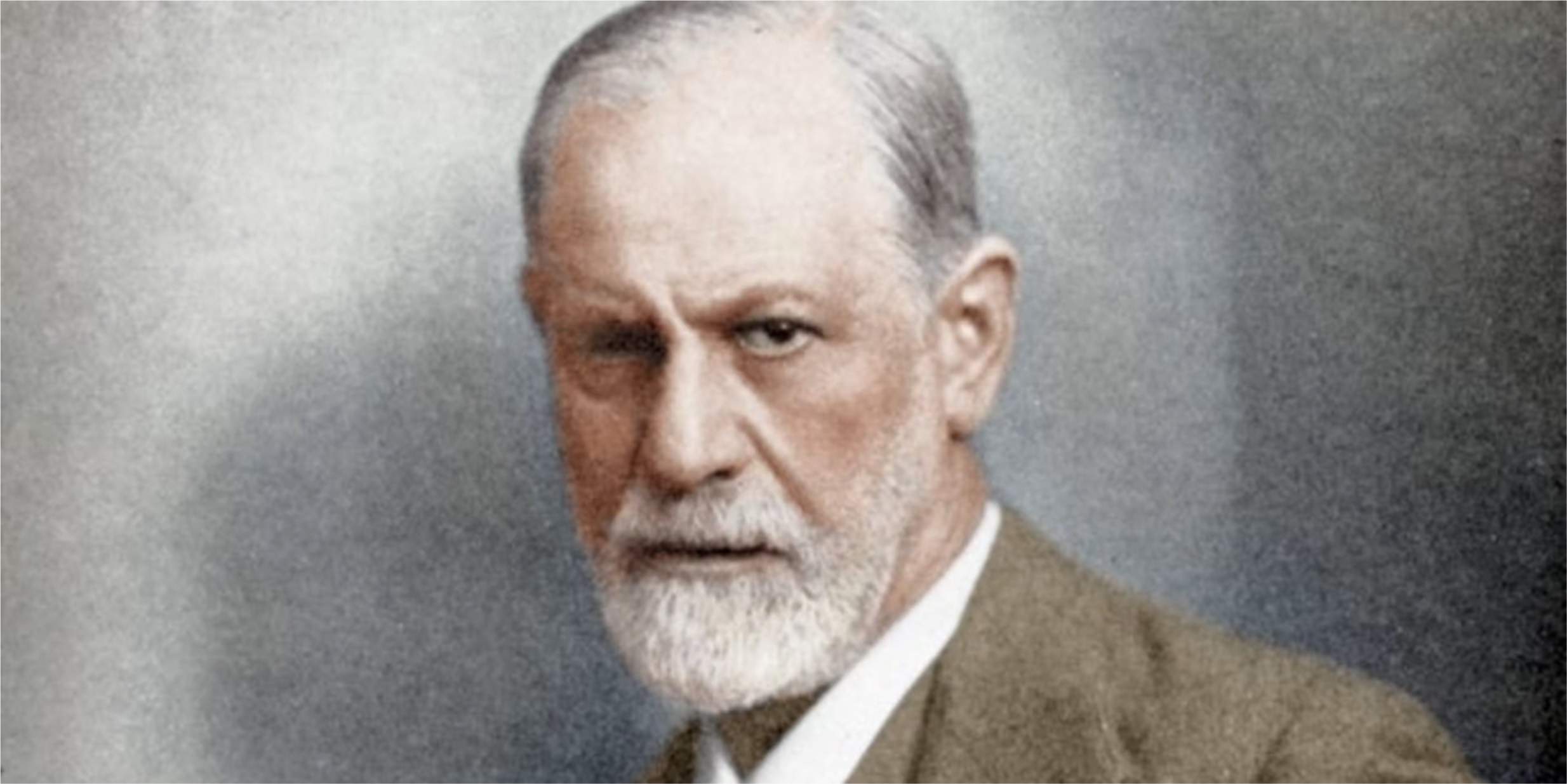In times when the satisfaction of love encountered no difficulties, as during the decline of ancient culture, love became devalued, and life became empty.
The ascetic movements of Christianity gave love a psychic value that pagan antiquity could never bestow.
The genitals did not develop toward aesthetic perfection along with the rest of the human body; they remained animalistic, and thus love, at its core, remains as animalistic today as it was in ancient times.
The inability of the sexual drive to achieve complete satisfaction once it was subjected to the first demands of civilization became the source of the greatest cultural achievements, made possible through the increasingly far-reaching sublimation of the components of this drive.
Faith in the goodness of human nature is one of the worst illusions, from which people expect improvement and relief in their lives, while in reality, it only causes harm.
Aggression that finds no outlet can result in severe damage; it seems as though one must destroy others in order not to destroy oneself, to protect oneself from the urge toward self-destruction.
There are people who, throughout their lives, compulsively repeat exactly those behaviors that harm them or seem to be pursued by an implacable fate, whereas closer investigation reveals that they, unknowingly, prepare this fate for themselves. Thus, we attribute a demonic character to compulsive repetition.
The restriction of one’s aggression is the first and possibly the most serious sacrifice that society demands from the individual.
A drive is an irritation for the psyche.
A drive never produces action through a sudden push, but always acts as a constant force.
It is drives, not external stimuli, that are the true engines of progress, the ones that have brought the infinitely capable nervous system to its modern heights of development.
Unpleasant sensations are associated with an increase in irritation, while pleasurable sensations of enjoyment are associated with its decrease.
Regarding the general characteristics of sexual drives, we can say the following: they are numerous, originate from diverse organic sources, initially act independently from one another, and only at a later stage are synthesized into a more or less coherent unity. The goal each of them seeks is the pleasure delivered to the organs; only after the synthesis occurs do they take on the function of preserving the species, at which point they are recognized as sexual drives.
